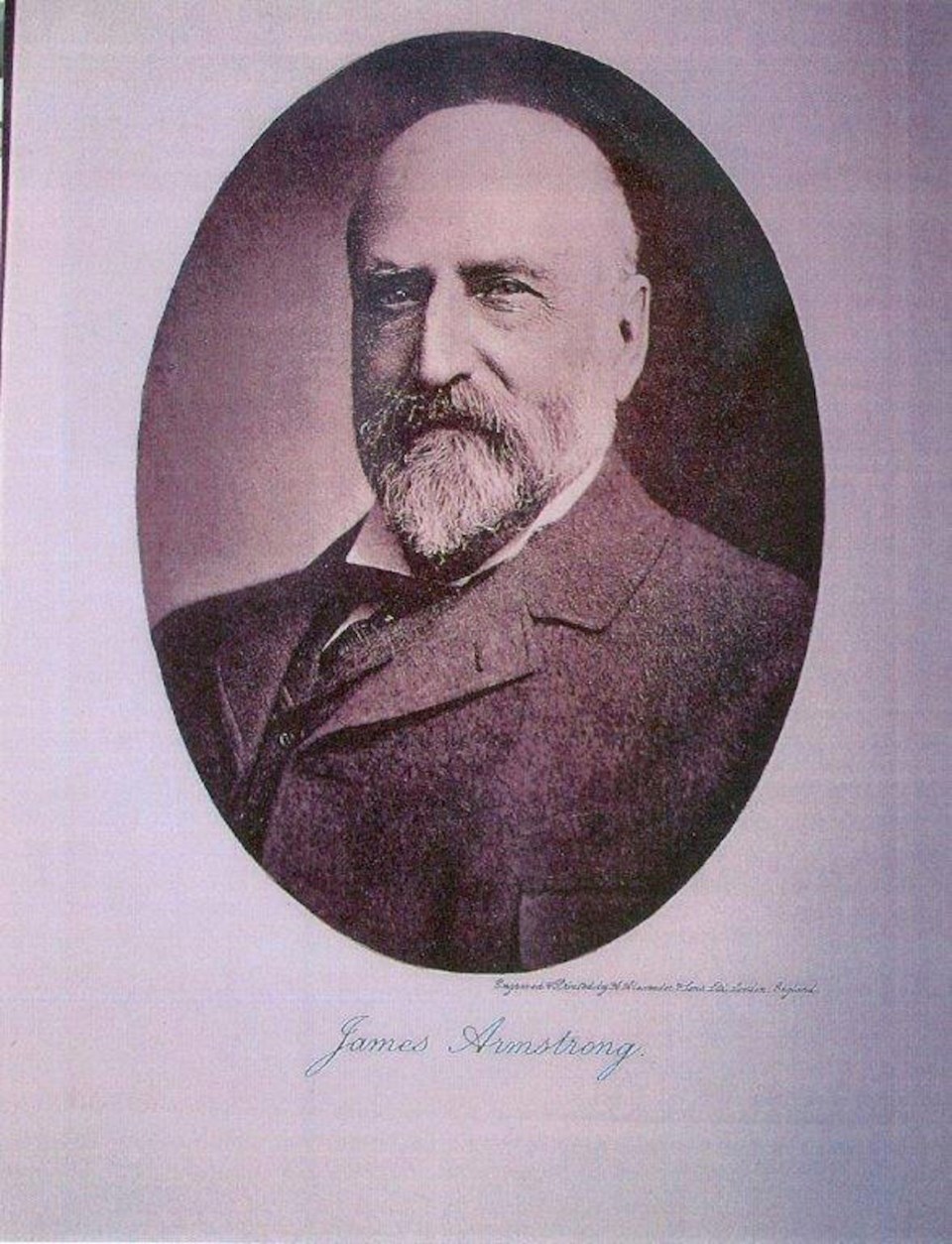In October of 1884, 9 months after York City was renamed Yorkton by Canada’s Post Office Dept., the community held their second Agricultural Exhibition, the first had taken place in 1883. Both events took place at the first site of York City/Yorkton, by the river four kilometers north of present day Yorkton. We learn from a letter printed in the Manitoba Daily Free Press, written by James Armstrong, Managing Director of the York Farmers Colonization Company that another fair was taking place at Crescent Lake — south of Yorkton. Armstrong was applauding and promoting the grants that the Agricultural Societies of the West could apply for from the Territorial Government to help them organize their fairs. Available also was information provided by government sources about the latest agricultural news and methods to improve farming. And for York Colony farmers there were loans to apply for from the York Farmers Colonization Company in charge of this colony from 1882 to 1888. From 1882 on, they had invited settlers from Ontario and Britain, and oversaw settlement, built a flour mill, improved trails and ferry services. While the Company was no longer in charge of the Yorkton colony after 1888, they did not abandon their settlers. Some settlers left to go live in places along the railways. But, the company’s colonies kept themselves busy and entertained — York Colony and Orkney Colony continued to seek settlers from Scotland/Britain and organizing events such as its debating club, the Armstrong Lake settlers had organized an Orange Lodge, Wallace was still the most northerly post office on the Yorkton mail stagecoach trail and settlers were still hopeful that the founders would get the government to establish the much longed for and agreed on railway. In 1889, after vigorous representation on the part of the Company’s president N.C. Wallace, James Armstrong and others, the Dominion Government extended the railway from Saltcoats to a new location for Yorkton! Henceforth, this colonization plan prospered with more settlers arriving from Eastern Canada and the United States. Yorkton was a well-organized village by the time more colonists arrived from Western and Eastern Europe in the late 1890s to take up homesteads in the region. Up to the time of Armstrong’s death in 1919, his interest in the development of Yorkton remained active. James Armstrong is considered in our history as the “Founding Father of Yorkton.” Someday, it is hoped that a monument with statues will be erected to acknowledge the work and dedication of the founding fathers, N.C. Wallace, James Armstrong and J.J. Cook. Today, we hear and read many critical analysis of the governments and officials of the past. While there were many problems in the settlement of the West, we seldom see articles about the assistance that settlers did obtain from the governments and railway companies, in the way of grants, improving farming methods, food, and shelter (immigration halls) until they were assigned to their homesteads. They had been warned by immigration agents to come with some necessary supplies and money to survive.
—Photo of James Armstrong.
Contact Terri Lefebvre Prince,
Heritage Researcher,
City of Yorkton Archives,
Box 400, 37 Third Avenue North
Yorkton, Sask. S3N 2W3
306-786-1722 heritage@yorkton.ca



.JPG;w=120;h=80;mode=crop)